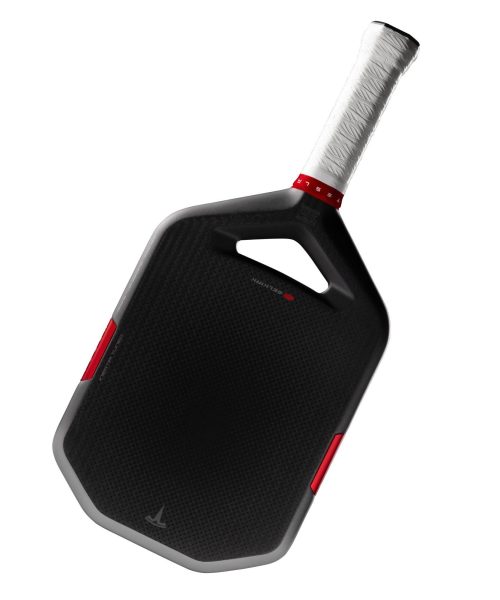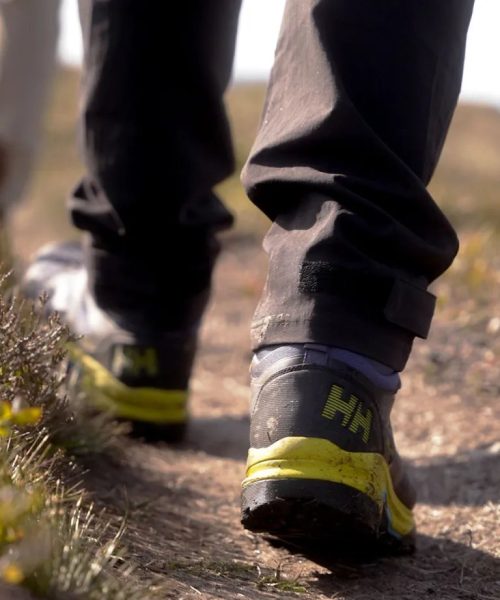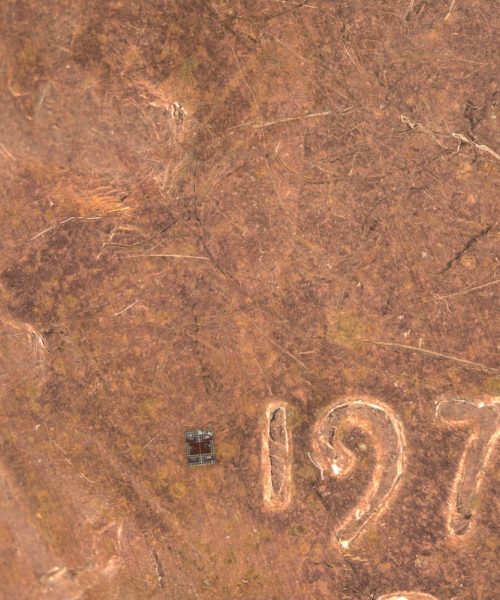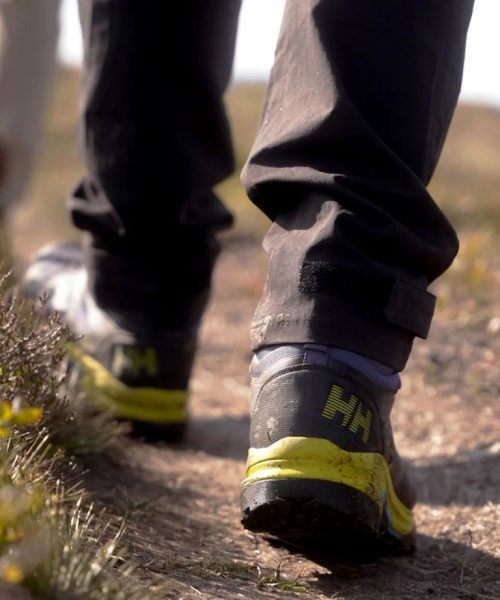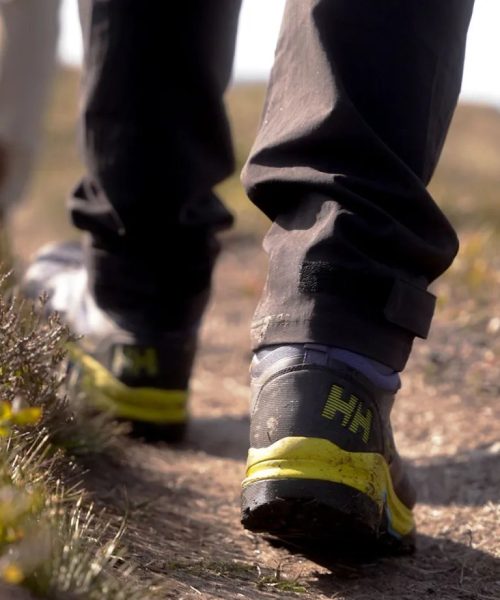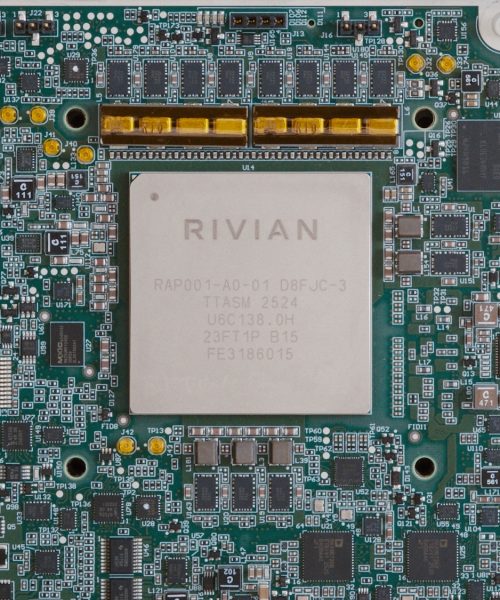If you live in one of the roughly dozen US cities where autonomous vehicles are present, you likely recognize them by their eye-catching, spinning tops. These high-tech flappers are filled with sensors—usually a mix of LiDAR, radar, and cameras—that serve as the eyes and ears for AVs to map the world around them. But those sensor stacks are often bulky, which can impede a car’s ability to cut through the air around it. That hindrance can force the car to use more energy to speed up and ultimately limit a car’s overall range. In current AVs, aerodynamic considerations can take a backseat to optimal sensor functionality.
Researchers from the Wuhan University of Technology in China, however, believe they may have found a solution that offers the best of both worlds. Using an optimization AI algorithm, the team was able to alter the structural shape of AVs sensors to improve the vehicles’ overall aerodynamic performance. When comparing their optimized sensor design against an AV with a standard setup in simulations, the optimized version resulted in a 3.44% decrease in total aerodynamic drag. That seemingly small difference can add up over time when driving for long distances. The researchers conducted a real-world wind tunnel test to validate their simulation findings and published the findings today in the journal Physics of Fluids.
Drag: the enemy of speed
Carmakers have spent the better part of a century tinkering with designs to fight aerodynamic drag–essentially, the opposing force a vehicle needs to overcome to move forward. Over time, cars have become more curved, and new features like pop-up headlamps, rear spoilers, and active grille shutters have been added in pursuit of helping the vehicles more efficiently displace the air around them. Engineers can determine a car’s aerodynamic ability by running it through tests in controlled wind tunnels. Those with a lower “drag coefficient” number are considered more aerodynamic.
[ Related: Why don’t cars have hood ornaments anymore? ]
Chunky autonomous vehicle sensors can complicate things. Waymo, the leading robotaxi company in the US, says a single one of its robotaxis has 29 cameras placed all around it. LiDAR sensors, which send out millions of laser pulses in all directions around the vehicle to create a 3D map, are even bigger and boxier. In their analysis, the Wuhan University of Technology researchers looked at how air flowed around an AV with a LiDAR sensor-equipped on its hood and found that the protruding mass significantly “delay[s] airflow separation.” More airflow separation also occurs at the tail of the vehicle where multiple sensors on either side of the bumper form a pair of air vortexes. In other words, all the sensors are essentially working together to trap airflow and ultimately make the vehicle less aerodynamic. It’s unclear exactly what model of AV was used for the research but a 3D figure shows a modern-looking crossover that resembles a Tesla Model Y or the Jaguar I-PACE used by Waymo.
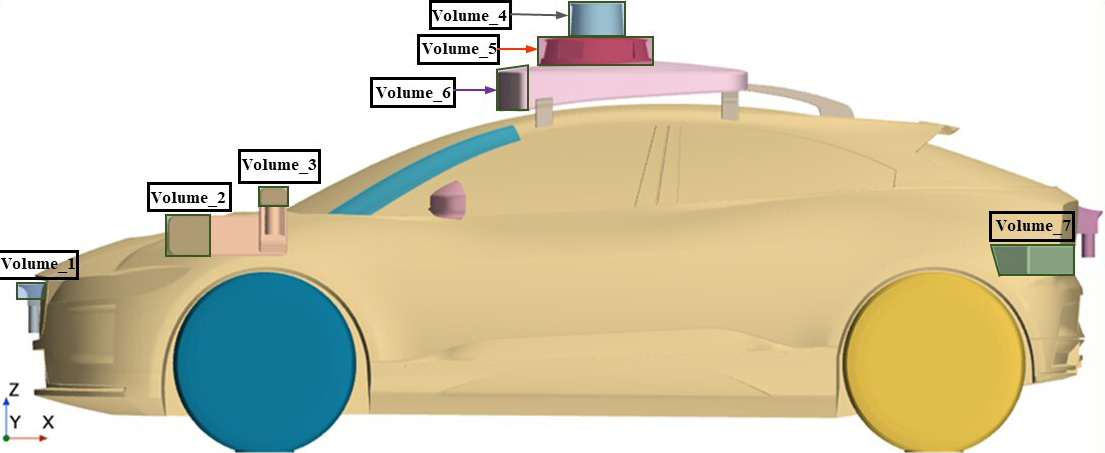
The researchers ran those findings through an optimization algorithm to look for ways they could subtly alter sensor shapes to cut down on drag. They eventually opted to reduce the height of the front side sensors which they say led to a decreased positive pressure zone and reduced drag. The leading edge of the roof sensor was also lowered which led to a “deflating effect” which reduced the direct impact of incoming airflow. The drag coefficients of both the new optimized model and the baseline model remained pretty similar until airflow reached the roof of the vehicle. Researchers said this finding “strongly indicates” that subtle changes to the roof sensors’ shape may make the biggest difference in terms of reducing drag in AVs.
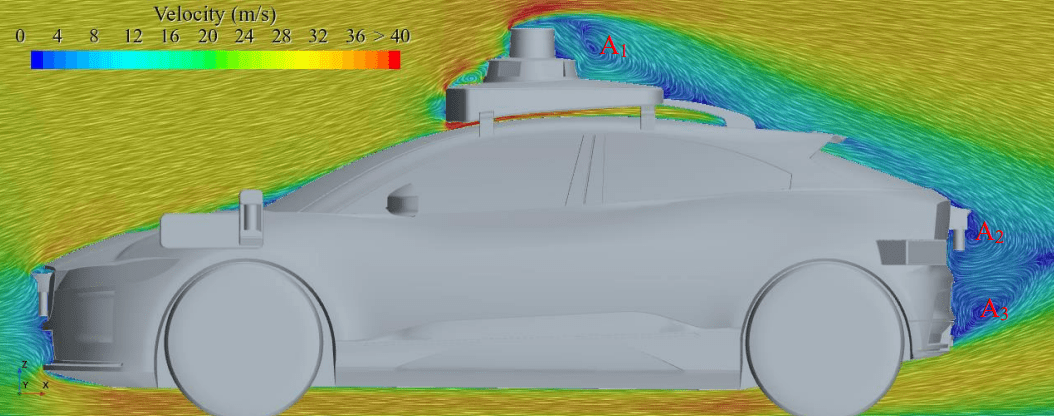
Aerodynamic sensors could help cut down on AV energy demand
“Externally mounted sensors significantly increase aerodynamic drag, particularly by increasing the proportion of interference drag within the total aerodynamic drag,” study author Yiping Wang said.
Current AV companies are aware of the aerodynamic challenges posed by their sensors. Waymo says it strategically places its sensors around a vehicle with the goal of maximizing its field of view (FOV). Prioritizing FOV is important for safety, but it can be at odds with overall vehicle performance and speed. AV makers have tried to correct this by making slight alterations to sensor mounting infrastructure. In Waymo’s case, the company says it has re-engineered a crossbar sensor placed over the top of an semi-truck’s windshield to cut down on drag.
“While this may look like a minor adjustment, it can lead to significant fuel efficiency savings over the lifetime of the vehicle,” Waymo wrote in a blog post.
[ Related: Why are ‘driverless’ cars still hitting things? ]
These engineering changes may have limited real-world effects, for now at least. Robotaxis from Waymo and Amazon-backed Zoox are becoming more common but they are still mostly limited to slower, non-highway areas. The more immediate benefit of aerodynamically engineered sensors will likely come from long-haul, autonomous trucking. Even marginal reductions in drag during longer-distance trucking trips could result in faster delivery times and less overall energy used. That, in turn, could result in reduced costs for AV companies and the customers they are ultimately serving. Over time, less energy exertion may also help squeeze out some more use of highly resource-intensive EV batteries. Aurora, one of the leaders in this emerging category, plans to test its AV trucks on Texas roads without human safety drivers later this year.
“Looking ahead, our findings could inform the design of more aerodynamically efficient autonomous vehicles, enabling them to travel longer distances,” Wang added.

